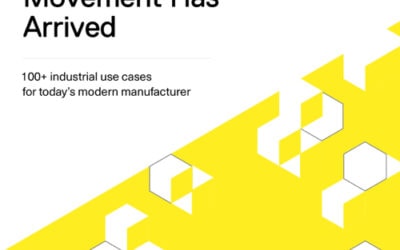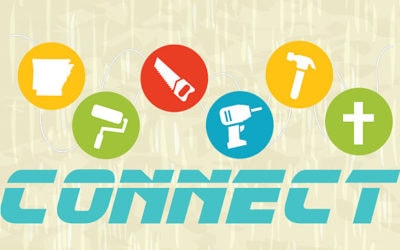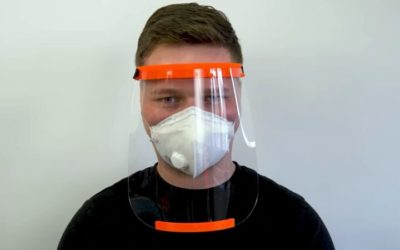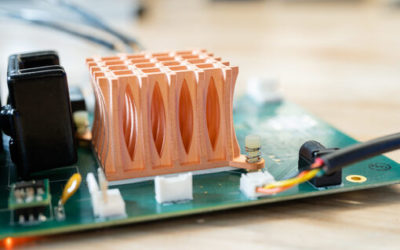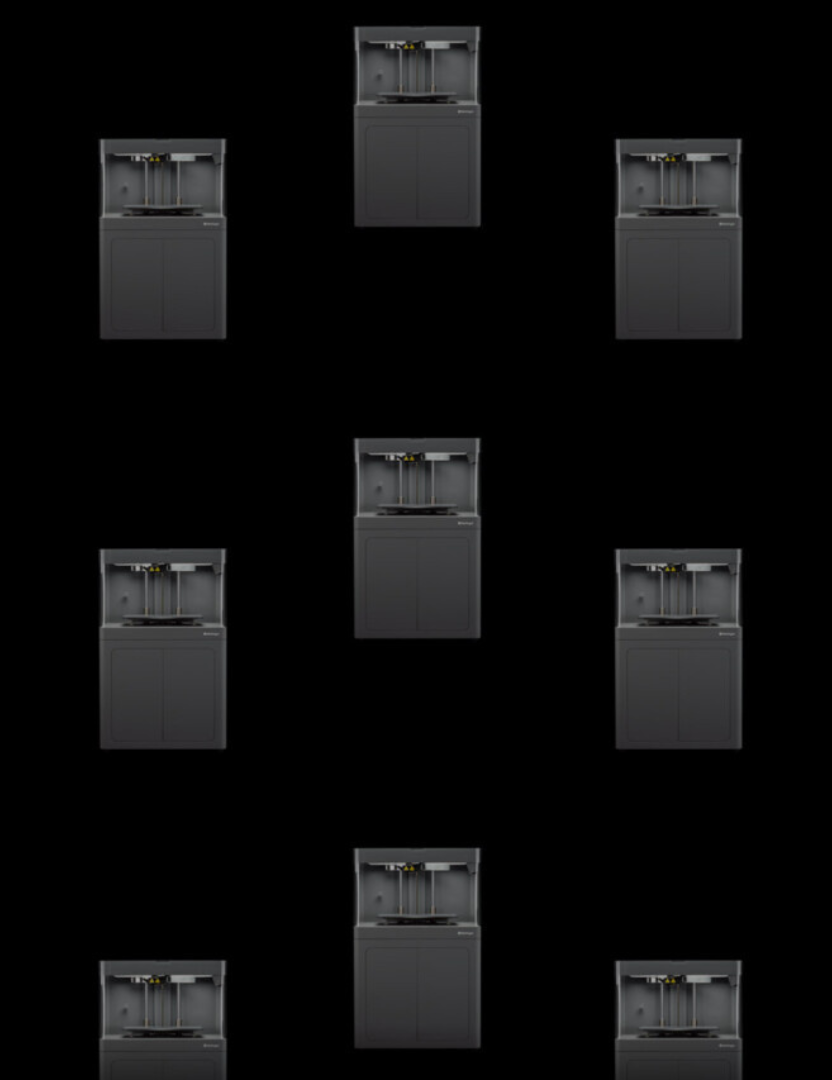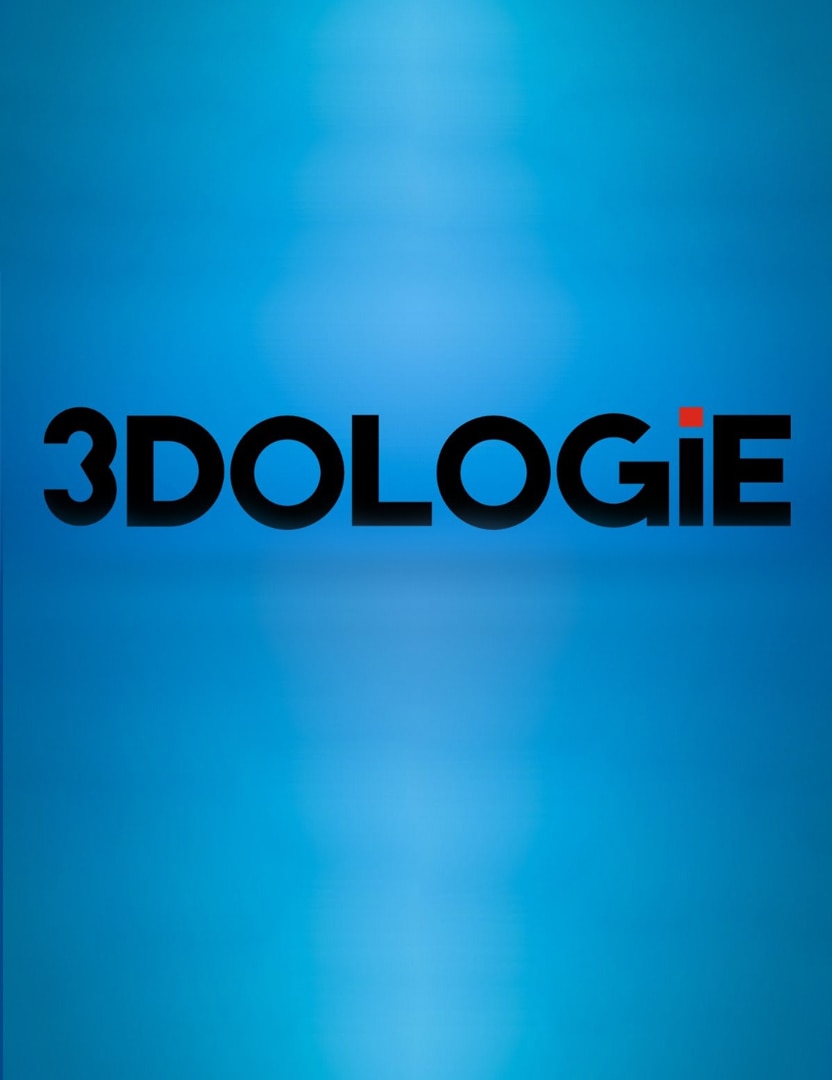On November 14, 2022, Markforged launched Simulation, which takes the guesswork out of 3D printing by validating part strength and optimizing print parameters for superior manufacturing efficiency. Simulation is the reincarnation of the Teton SmartSlice technology which was acquired earlier this year. Now that it’s here, it’s being offered as a Free Trial!
Markforged promised to deliver a fast, automated way to validate part performance — and ultimately make it quick and effortless to print parts precisely optimized for the most demanding end-use applications.
How can I use Simulation?
Simulation is available immediately as a free trial to anyone with a Markforged Eiger account. If you don’t yet have an Eiger account, sign up to access simulation for free.
Simulation is currently available as a free trial until April 2023, and will then shift to a paid subscription service.
To register for your free trial, click here.
What problems does Simulation solve?
Incorporating 3D printing into tooling and end use applications requires total confidence in part strength. Traditionally, this required lengthy design-print-break testing cycles or costly analysis software. With Simulation, you can now virtually test the strength and stiffness of your parts right from your Eiger workflow — which means you can validate your part’s performance before you hit print.
What are the benefits?
Markforged’s in-slicer Simulation feature means no more lengthy design-print-break testing cycles, costly and time-consuming analysis, or excess material put into overbuilt parts:
- Simulation instills confidence that your 3D printed parts will have the strength required for industrial applications.
- Simulation allows you to deliver trusted parts faster by reducing design-print-test iteration cycles.
- Simulation reduces the cost of 3D printed parts by optimizing the amounts of material and continuous fiber reinforcement needed.
How much time and cost-savings can Simulation provide?
On average, 30-50% print time and material savings per part, 50-90% reduction in print-test-iterate cycles, and 30-50% increase in throughput per printer.
What materials are supported in Simulation?
Beginning the day of launch, Simulation will support parts made of Onyx and Onyx with Carbon Fiber reinforcement. Markforged is planning to add support for additional materials later on.
How is Simulation different from traditional simulation software?
Traditional simulation software, including FEA software, requires structural analysts with specialized expertise to run time-consuming analysis. Most are ill suited for FFF parts. Simulation from Markforged is designed specifically for FFF parts and is integrated into Eiger and streamlined for additive manufacturing to enable users to virtually test parts within their familiar slice and print workflow.
How does it work?
Simulation can verify whether a given part will meet performance requirements and optimize part settings accordingly before you press print. This feature instills confidence in part strength and stiffness while at the same time eliminating print iterations, increasing productivity and machine throughput, and reducing material waste.
Validation evaluates the performance of the part using the current part settings. Optimization automatically attempts to find part settings configurations that meet or exceed the user-defined performance requirements while minimizing print time and cost. In terms of runtime, validation only simulates the current part settings, whereas optimization involves the adjustment and simulation of many sets of part settings. As a result, validation takes much less time to complete than optimization, which may take an hour or more.
With performance, cost, and time-frame requirements in mind, anyone can quickly:
- Validate Parts after identifying anchor and load surfaces, entering values for loads, Factor of Safety, and Max Deflection (stiffness) to run a simulation that determines whether your part passes or fails.
- Optimize Parts to run multiple simulations that generate alternative print configurations that prioritize faster print time or less material while ensuring performance requirements are satisfied.
- Print Parts to fabricate the current configuration, or after applying one of the alternative part configurations.

